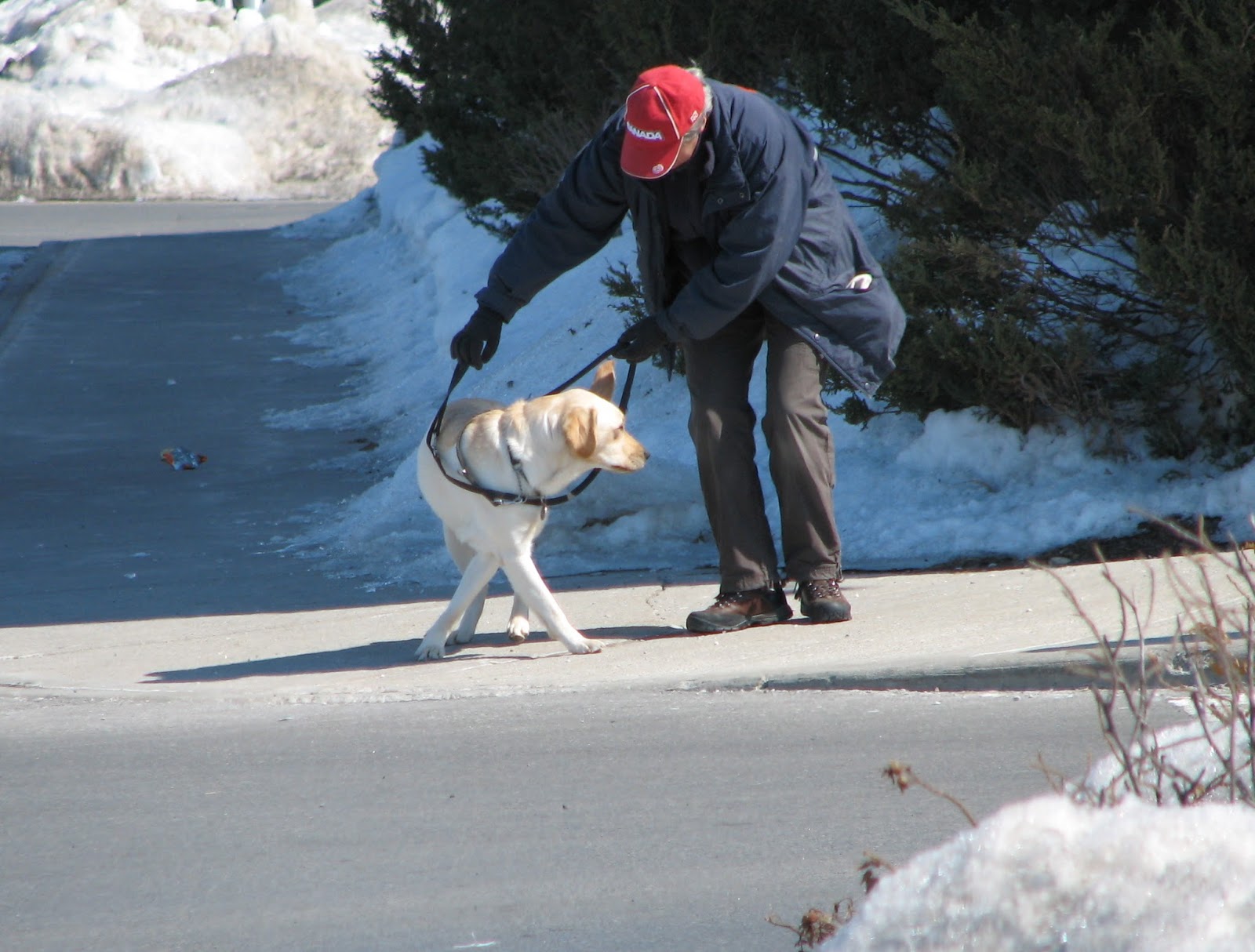The Evidence
Car sickness shows in many forms with our dogs. Heavy panting, restlessness, standing and moving constantly, back and forth from seat to seat, drooling, wanting to sit on our lap while driving! Or not wanting to jump into the car in the first place but we pick them up and put them in anyway because we need to take them to their appointment. Or if a working dog, they have to travel to the training area.
The cause to this behaviour can be many (Yes, you may be a bad driver and your dog is the only one brave enough to tell you!) Joking aside, for some dogs this can be stressful and cause them to distance themselves from you, the owner and handler. The trust and safety factor you have and are building with your dog can be compromised.
Why it happens
Sometimes, the anxiety of travelling can suddenly happen. Whereas your dog has been fine one day and then the next, he can be reluctant to get into the car or when he does, he will start to show signs of being uncomfortable.
When I worked with Guide Dogs and the young dogs came into training, some of them who had never showed signs of travel anxiety, suddenly would not want to get into the training vehicle. Or if they did, would pant, drool, stand or actually be sick.
For them it was a combination of a new vehicle(usually a training van, with crates inside), the new and different environments the dogs were being exposed to and the new handlers.
If a young dog starts to show signs, they may be going through growth spurts or going through one of their many fear stages. If the latter is the case and they have a negative experience at that time, whether in the car, on the journey or when they get to their destination, this can have an effect on how they handle the next car ride.
If they are going through a growth spurt, then their balance will be effected, as the proprioception will be effected.
Age can also be an issue, as the older a dog gets, they may have problems with health, balance, vision and hearing loss.
Also, our handling and response to the situation will have an overall effect on them too.
The Solutions
This is what I know. If we can work with proprioception and balancing the dog emotionally, mentally and physically, we can then support the dog with what they are going through at the time.
Bringing them into a place of calm, mentally and physically so they are in a receptive place to learn, these dogs can be in a place of freedom of choice and start to work through their fears and anxiety and reach a place of confidence.
Working on exercises away from the concern, where the dog is learning to move more freely and in non habitual ways, his mental, emotional and physical needs are being met. Your relationship of trust and safety are also being rekindled for his basic needs.
What is Proprioception?
Proprioception is within all beings. It refers to the body's ability to sense movement within joints and joint
position. This ability enables us to know where our limbs are in space without
having to look. It is important in all everyday movements but especially so in
complicated sporting movements, where precise coordination is essential. This
coordinated movement is a result of the normal functioning of the
proprioceptive system.
What is the Proprioceptive System?
The
proprioceptive system is made up of receptor nerves that are positioned in the
muscles, joints and ligaments around joints. The receptors can sense tension
and stretch and pass this information to the brain where it is processed. The
brain then responds by signalling to muscles to contract or relax in order to
produce the desired movement.
Whatever the age of the dog, working with their balance through proprioception exercises, will have an effect on their movement and general well being.
For some dogs though, there is a fear associated with the vehicle. These dogs will still benefit from exercises and freedom of choice work, though their comfort level within a vehicle may not be as good as it could be. The earlier we can start with balance and co-ordination, the less likely they are to have concerns with moving vehicles.
As with us humans, we all have installed fears, mine is with deep water. If I cannot see the bottom of a pool or lake, I will not venture in it. This was a fear from when I was learning to swim when I was 7 years old and was pushed into the deep end of a pool and was not helped out immediately by the swimming teacher(who thought I was playing at drowning!!) That fear has not diminished over the years, I know my limitations.
Realistically, some dogs, for whatever reason, may not overcome car sickness. However, we can and do have options to support them in moving beyond where they are stuck, whatever the concern.
"Our mental and emotional flexibility is being built by the flexibility we produce physically" Guru Singh










